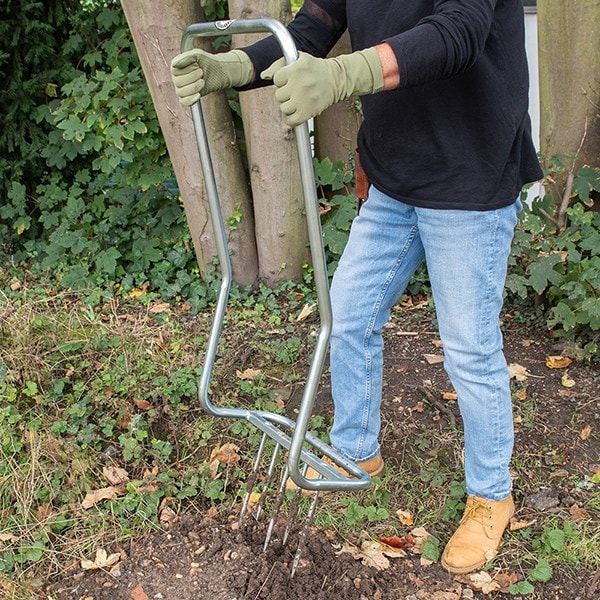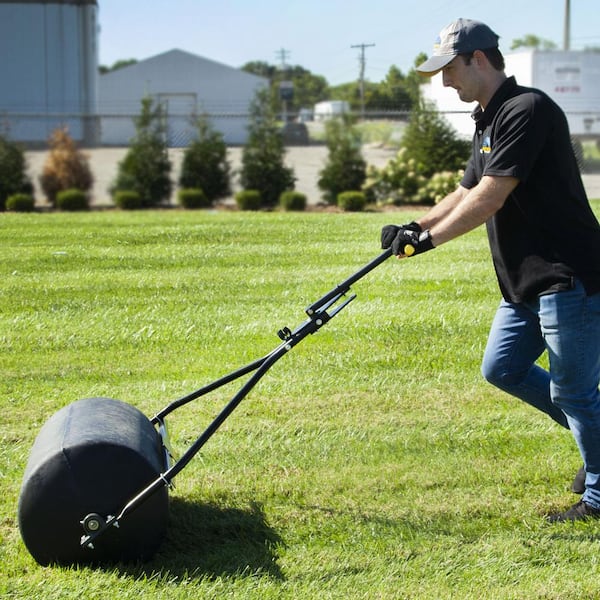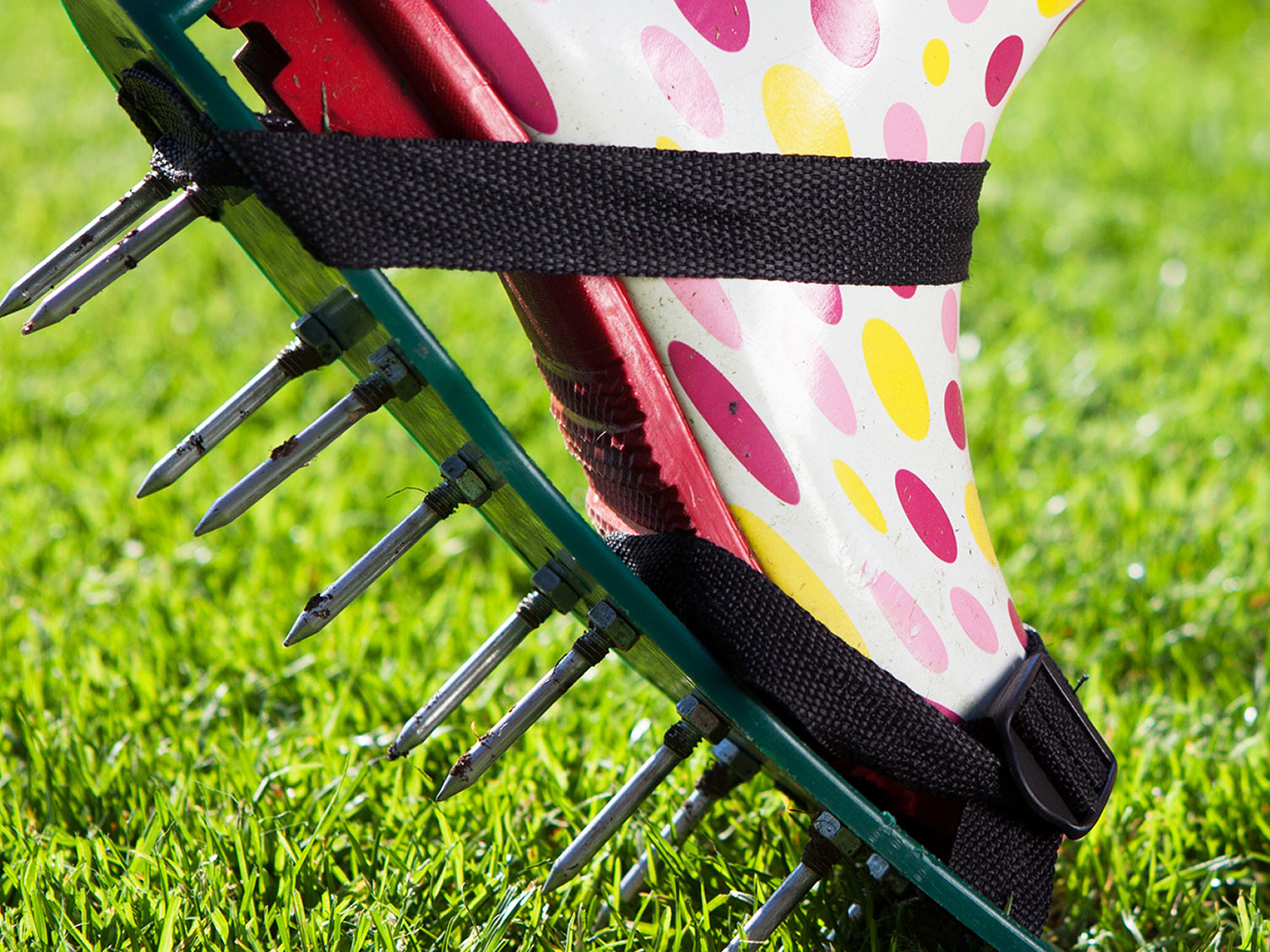Lawn Seeding Tools You Need To Get The Job Done Right
Lawn Seeding Tools You Need to Get the Job Done Right
Having a beautiful, lush lawn is the dream of many homeowners. But it takes more than just planting grass seed and hoping for the best. In order to ensure that your lawn seeds germinate and grow into a healthy, thriving lawn, you need to use the right tools.
In this blog post, we will discuss the essential lawn seeding tools that you need to get the job done right. We will also provide tips on how to use these tools effectively.
Introduction
Lawn seeding is a great way to improve the appearance of your lawn, fill in bare spots, and even start a new lawn from scratch. However, it is important to use the right tools in order to achieve the best results.
There are a number of different lawn seeding tools available, but some of the most essential tools include:
- A tiller or rotary cultivator
- A rake
- An aerator or scarifier
- A seed spreader
- A watering can or hose
Tiller or Rotary Cultivator
A tiller or rotary cultivator is used to break up the soil and prepare it for seeding. This is an essential step, as it ensures that the seeds will have good contact with the soil and will be able to germinate properly.
Rake
A rake is used to level the soil and remove any debris. This is important for ensuring that the seeds will be evenly distributed and that they will not be blocked by any obstacles.
Aerator or Scarifier
An aerator or scarifier is used to loosen the soil and remove thatch. Thatch is a layer of dead grass that can build up over time and prevent water and nutrients from reaching the soil. Aerating or scarifying the soil will help to improve drainage and allow the grass roots to grow more deeply.
Seed Spreader
A seed spreader is used to evenly distribute the seeds over the prepared soil. This is an important step, as it ensures that the seeds will be planted at the correct depth and spacing.
Watering Can or Hose
A watering can or hose is used to water the seeded area. This is important for keeping the seeds moist until they germinate.
Tips for Using Lawn Seeding Tools
- When using a tiller or rotary cultivator, be sure to set the depth to the correct level. Too deep and you will damage the grass roots, too shallow and the seeds will not be able to germinate properly.
- When using a rake, be sure to level the soil evenly. This will help to ensure that the seeds will be evenly distributed.
- When using an aerator or scarifier, be sure to aerate or scarify the soil to the correct depth. Too deep and you will damage the grass roots, too shallow and you will not remove enough thatch.
- When using a seed spreader, be sure to set the spreader to the correct setting. This will help to ensure that the seeds are evenly distributed.
- When watering the seeded area, be sure to water deeply and infrequently. This will help to prevent the seeds from washing away and will encourage deep root growth.
Conclusion
By using the right lawn seeding tools and following these tips, you can ensure that your lawn seeds germinate and grow into a healthy, thriving lawn.
Visit Home Gardening for more information about the different types of lawn seeding tools available, as well as tips on how to choose the right tool for your needs.
FAQ of lawn seeding tools
What are the different types of lawn seeding tools?
There are a variety of lawn seeding tools available, each with its own advantages and disadvantages. Some of the most common types include:
- Broadcast spreaders: These are the most basic type of lawn seeding tool. They are relatively inexpensive and easy to use, but they can be difficult to get an even distribution of seed.
- Drop spreaders: These tools are more accurate than broadcast spreaders, but they are also more expensive. They are a good option for seeding small areas or for getting a more precise distribution of seed.
- Hand seeders: These tools are the most labor-intensive type of lawn seeding tool, but they give you the most control over the seeding process. They are a good option for small areas or for areas with uneven terrain.
What are the factors to consider when choosing a lawn seeding tool?
The factors to consider when choosing a lawn seeding tool include:
- The size of the area to be seeded: If you are seeding a large area, you will need a tool that can cover a lot of ground quickly. A broadcast spreader is a good option for large areas.
- The type of seed: Some seeds are heavier than others, and they may require a different type of tool to spread them evenly. For example, a drop spreader is a good option for spreading heavier seeds.
- Your budget: Lawn seeding tools can range in price from a few dollars to several hundred dollars. You will need to decide how much you are willing to spend on a tool before you start shopping.
How do I use a lawn seeding tool?
The instructions for using a lawn seeding tool will vary depending on the type of tool you have. However, there are some general steps that you will need to follow:
- Prepare the soil by removing any weeds or debris.
- Rake the soil to create a smooth surface.
- Spread the seed according to the instructions on the seed packet.
- Water the area thoroughly.
What are some tips for seeding a lawn?
Here are some tips for seeding a lawn:
- Seed in the spring or fall when the weather is cool and moist.
- Choose a high-quality seed that is suited to your climate.
- Rake the seed into the soil to a depth of 1/4 inch.
- Water the area thoroughly and keep it moist until the seeds have germinated.
- Be patient! It takes time for new grass to grow.
Image of lawn seeding tools
- Broadfork: A broadfork is a hand tool that is used to loosen the soil and create a bed for seeding.

- Rake: A rake is used to level the soil and remove debris before seeding.

- Hand seeder: A hand seeder is a tool that is used to evenly distribute seeds over a surface.
- Broadcast spreader: A broadcast spreader is a tool that is used to disperse seeds over a large area.

- Lawn roller: A lawn roller is used to compact the soil and help the seeds to germinate.

- Watering can: A watering can is used to water the seeds after they have been planted.
- Hoe: A hoe is used to remove weeds and other vegetation that may compete with the new seedlings.

- Scarifier: A scarifier is used to remove thatch and other debris from the lawn, which can help the seeds to germinate more easily.

- Lawn aerator: A lawn aerator is used to create small holes in the soil, which allows water and air to reach the roots of the new seedlings.


Post a Comment for " Lawn Seeding Tools You Need To Get The Job Done Right"